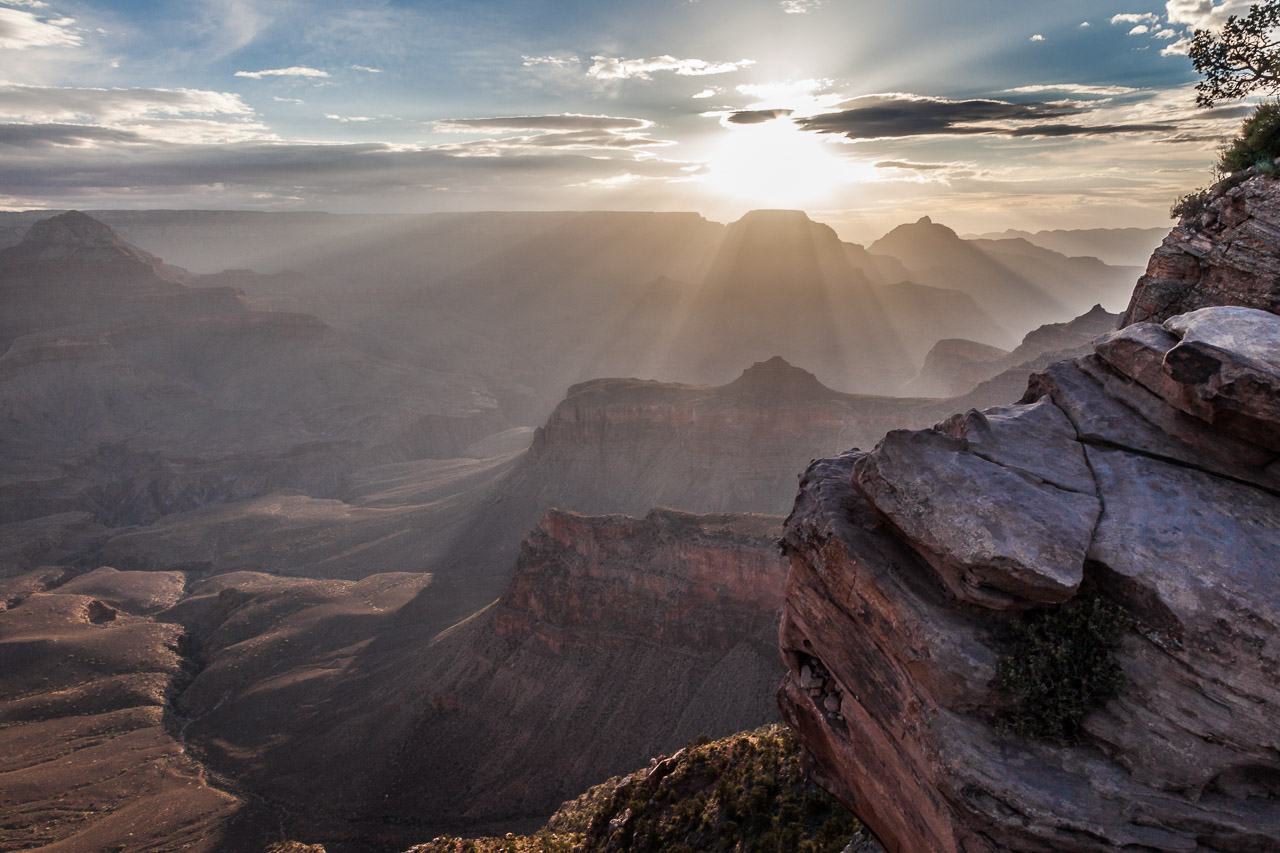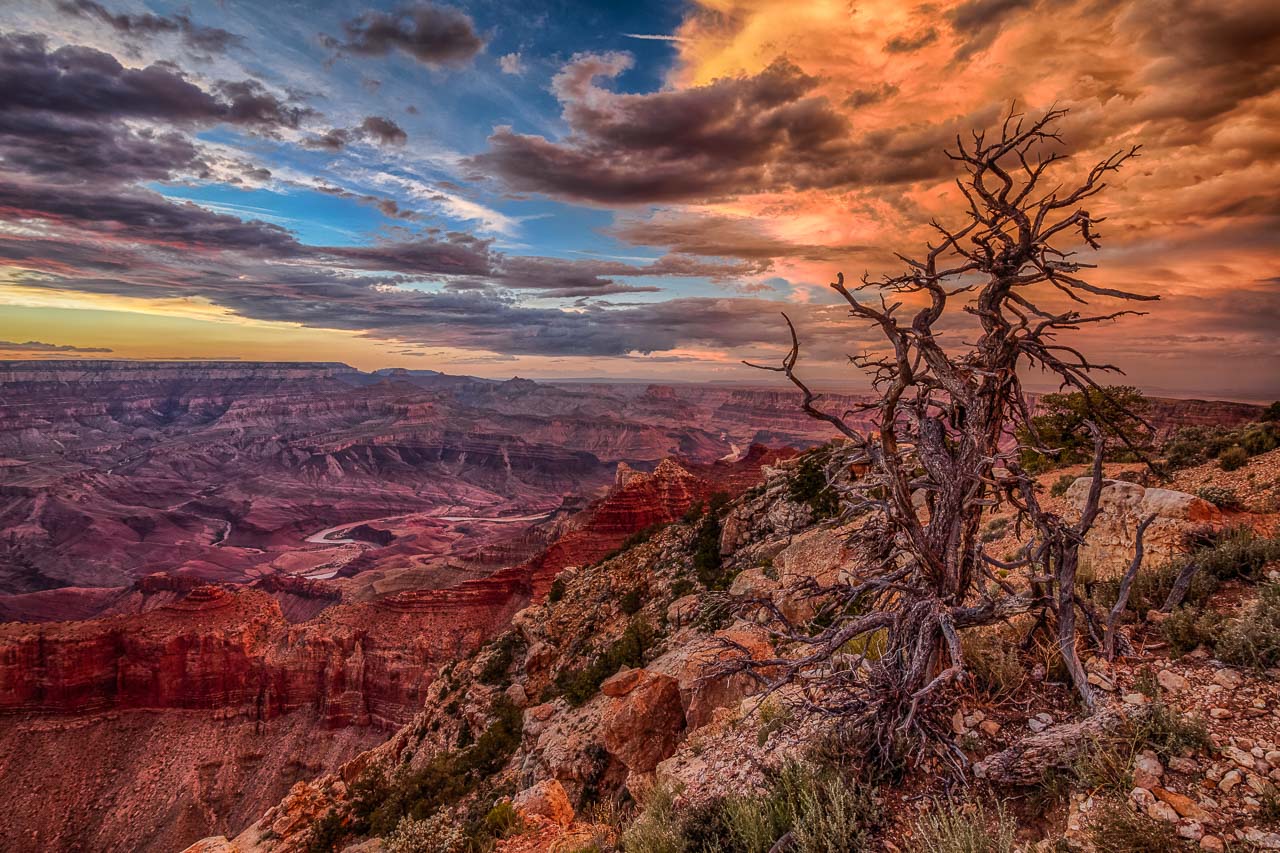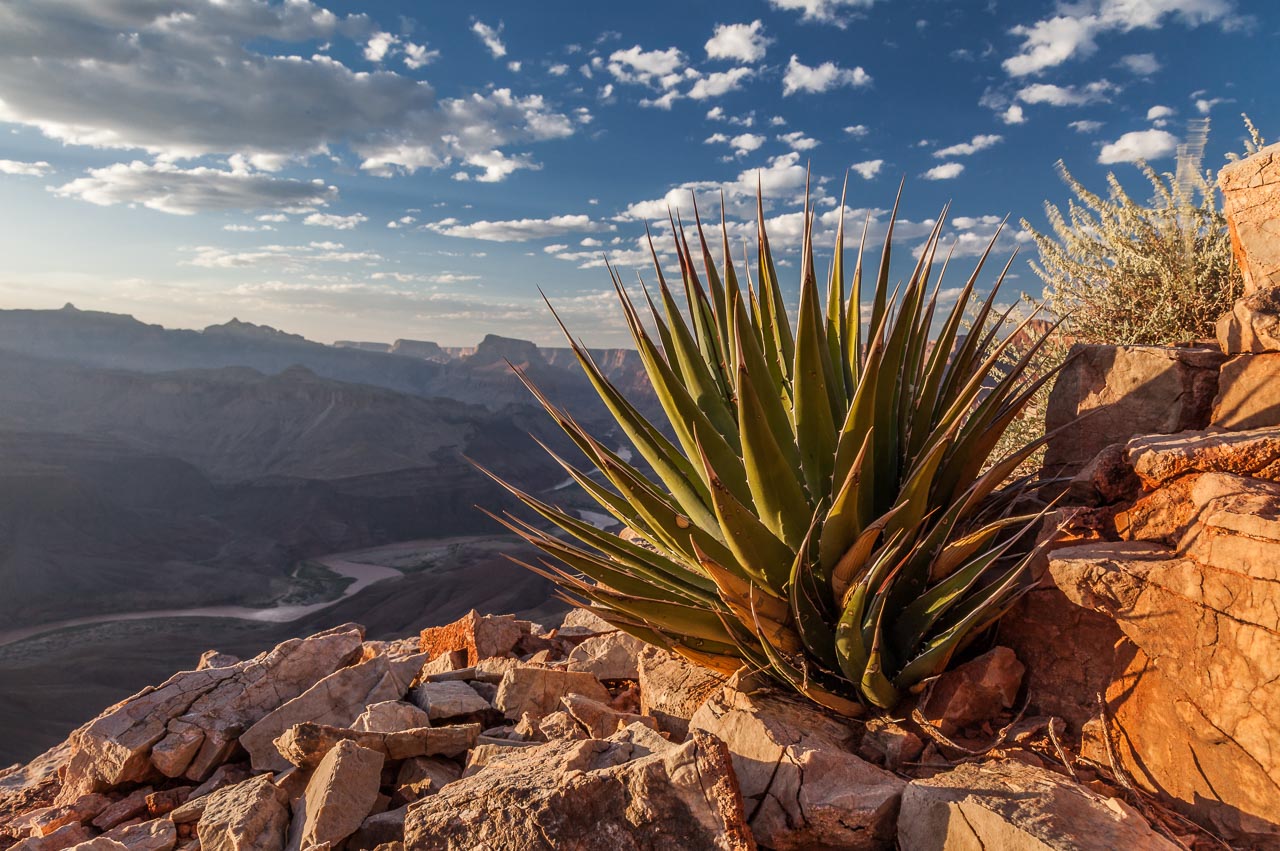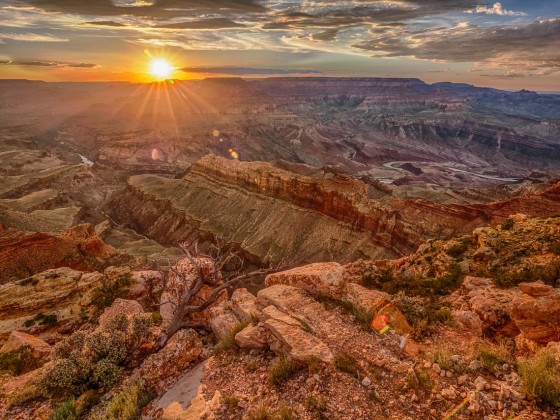ESTABLISHED IN 1919, GRAND CANYON NATIONAL PARK now sees almost 5 million visitors every year. The canyon is more than 5,000 feet deep and 10 miles wide at its narrowest point. Most people don’t travel below the rim. Don’t make that mistake.
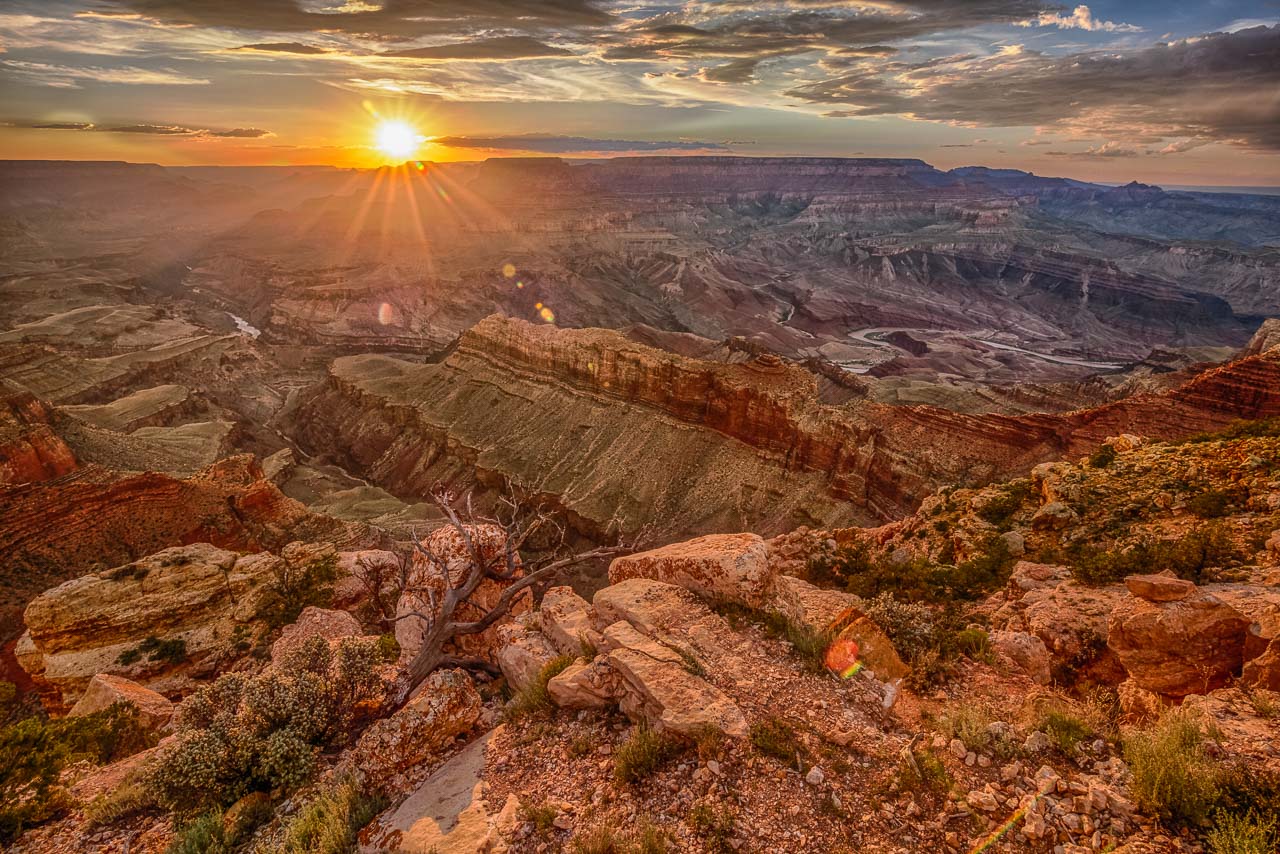
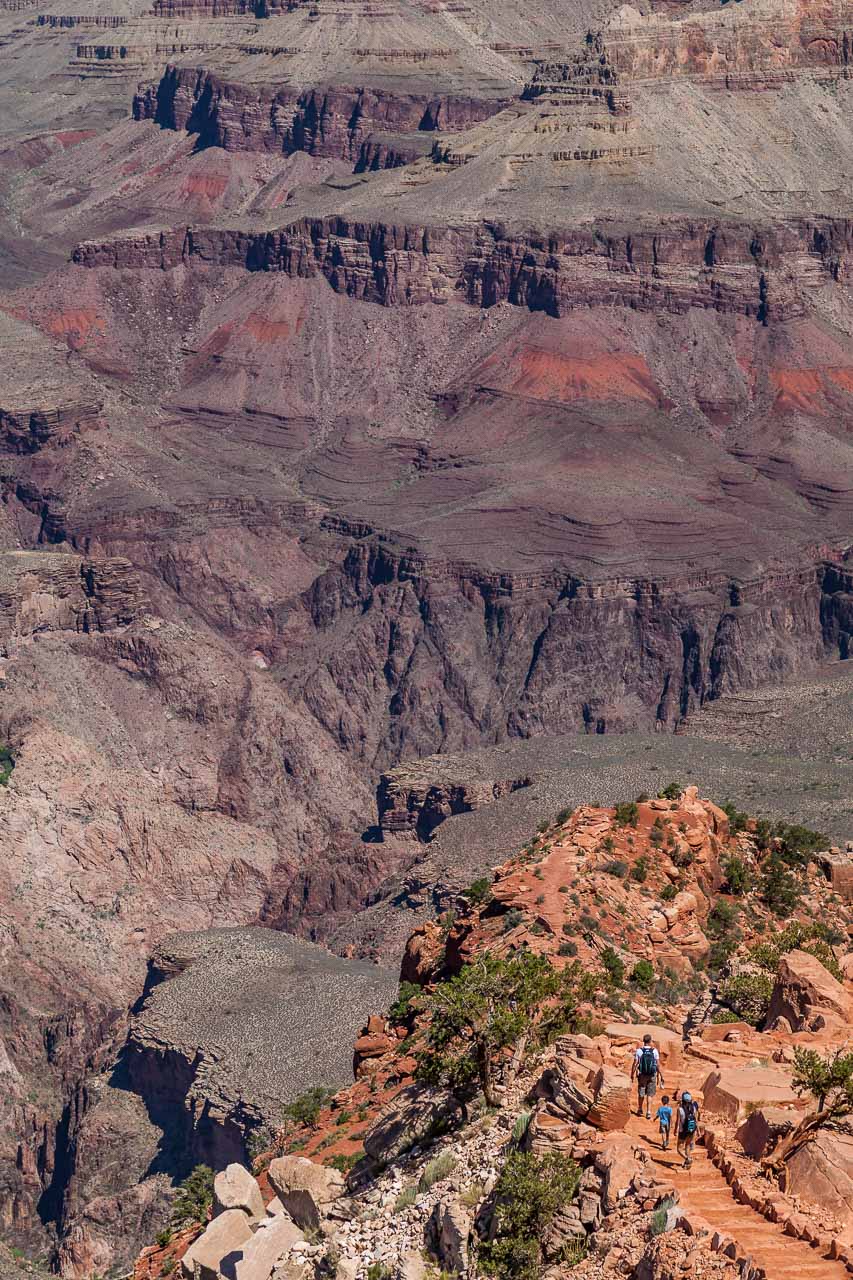
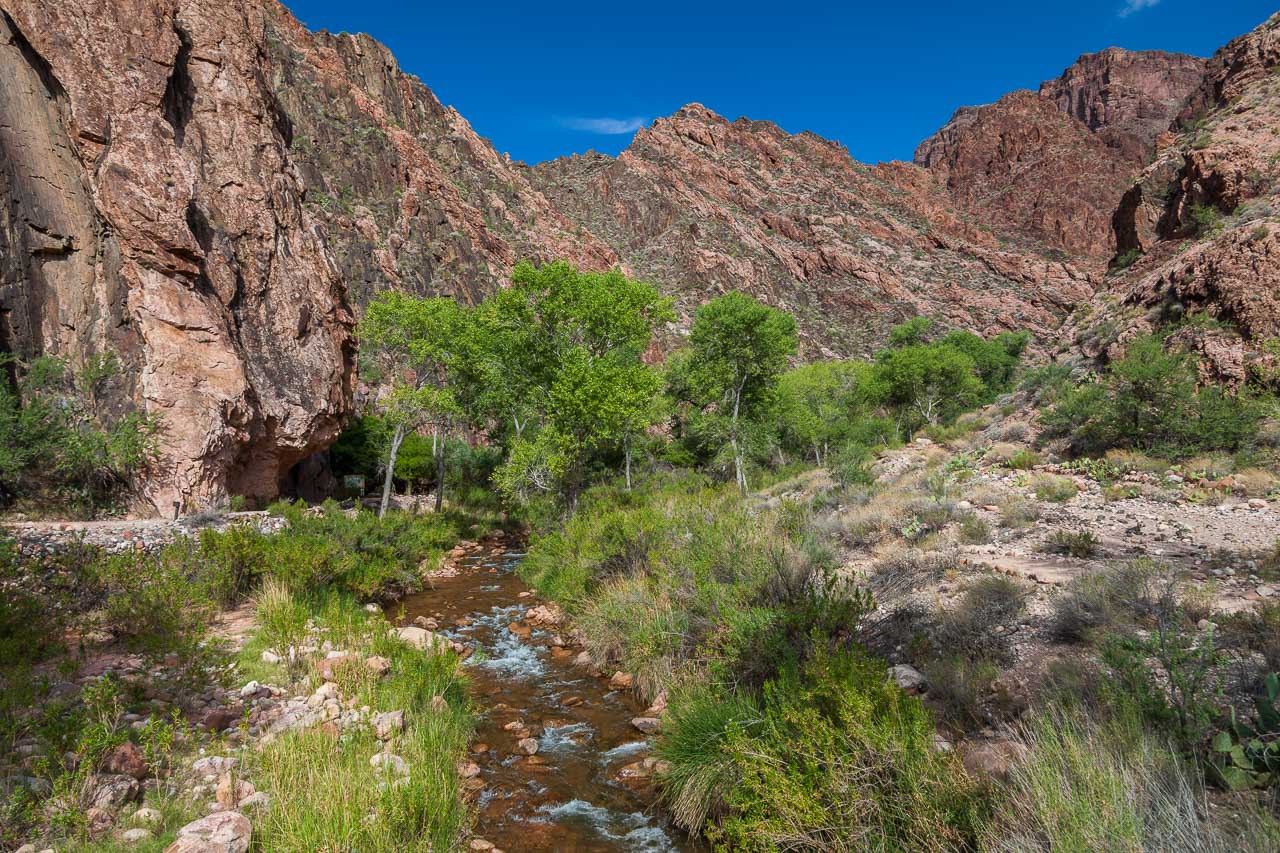
Intermission
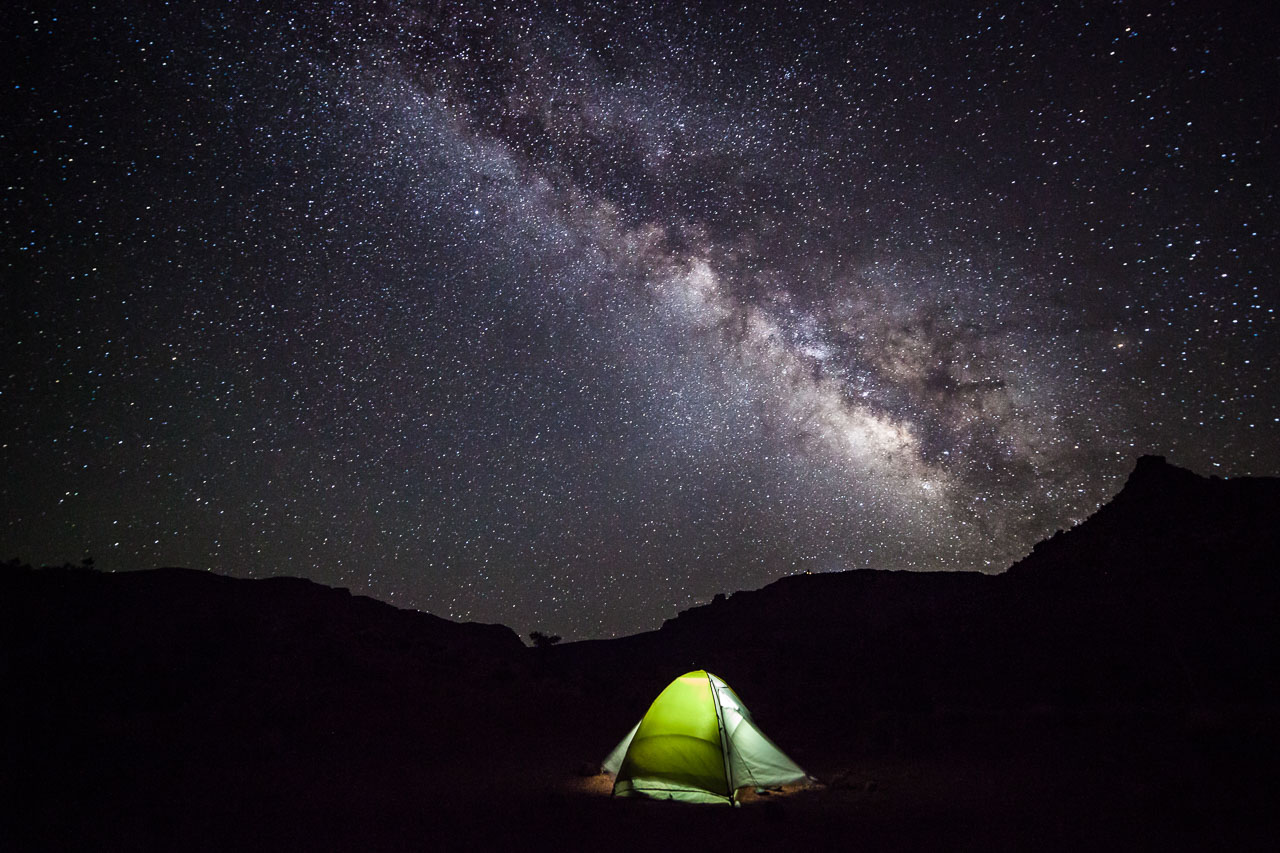



Intermission

